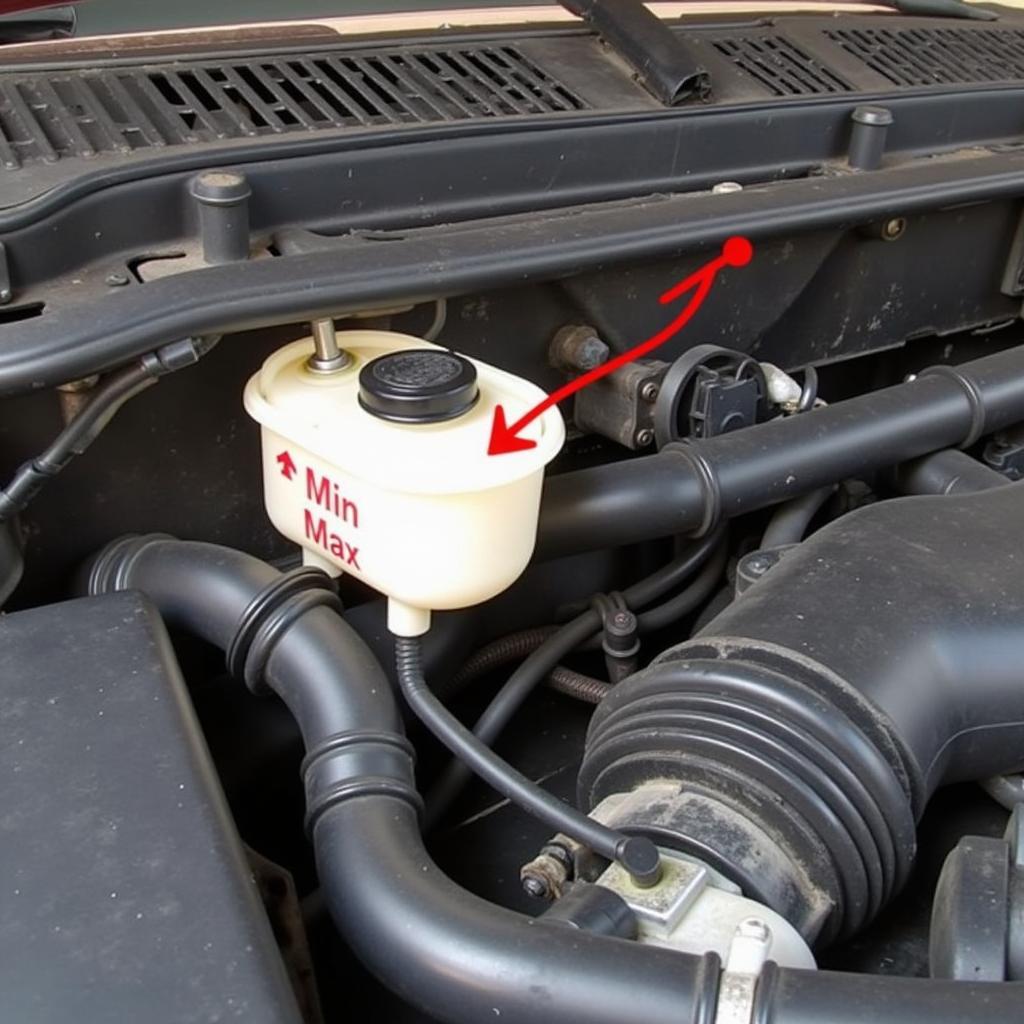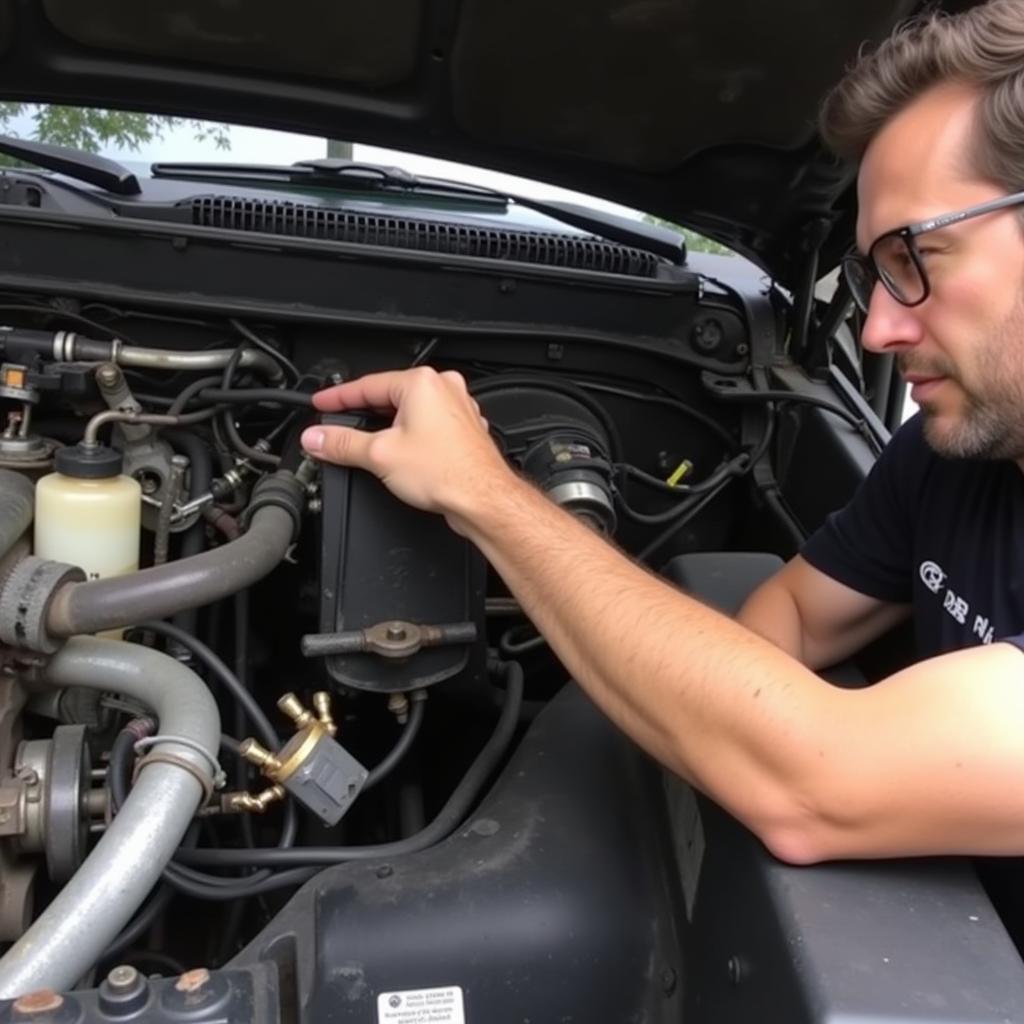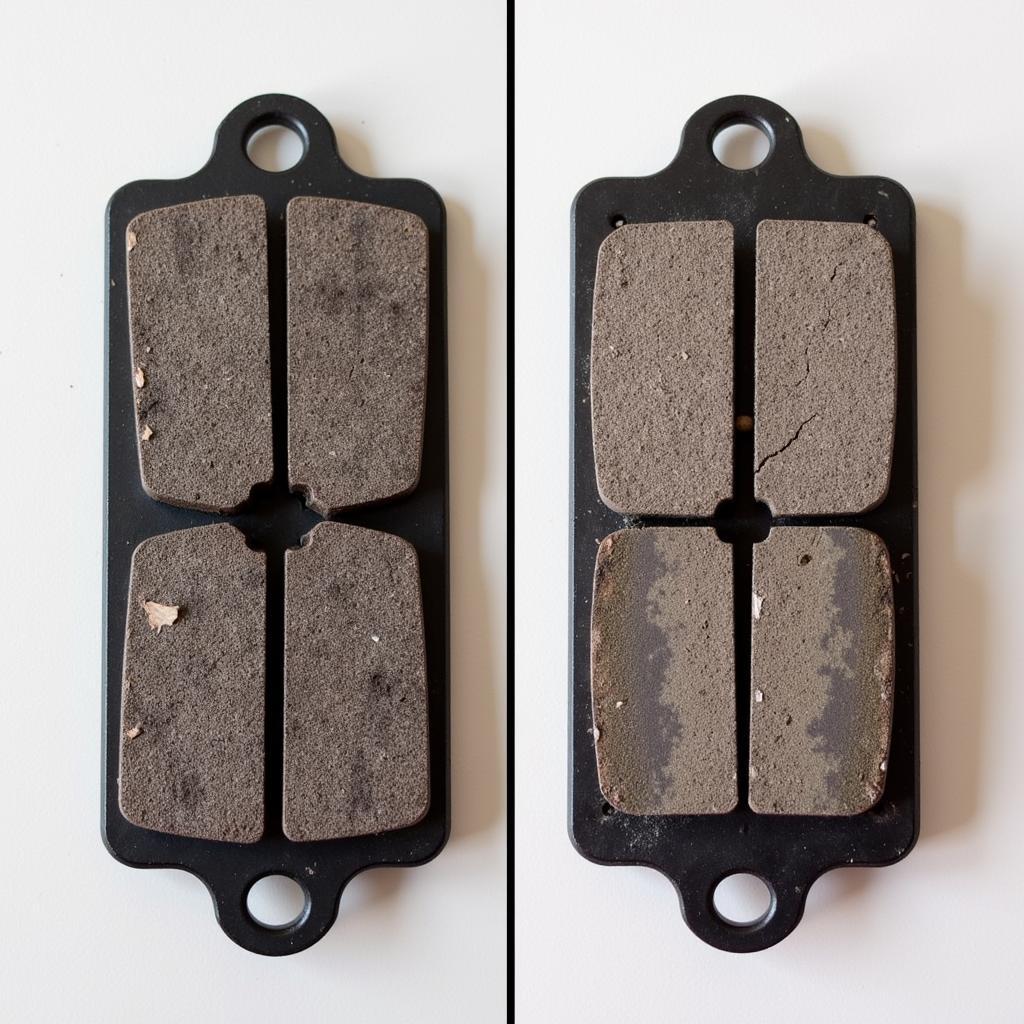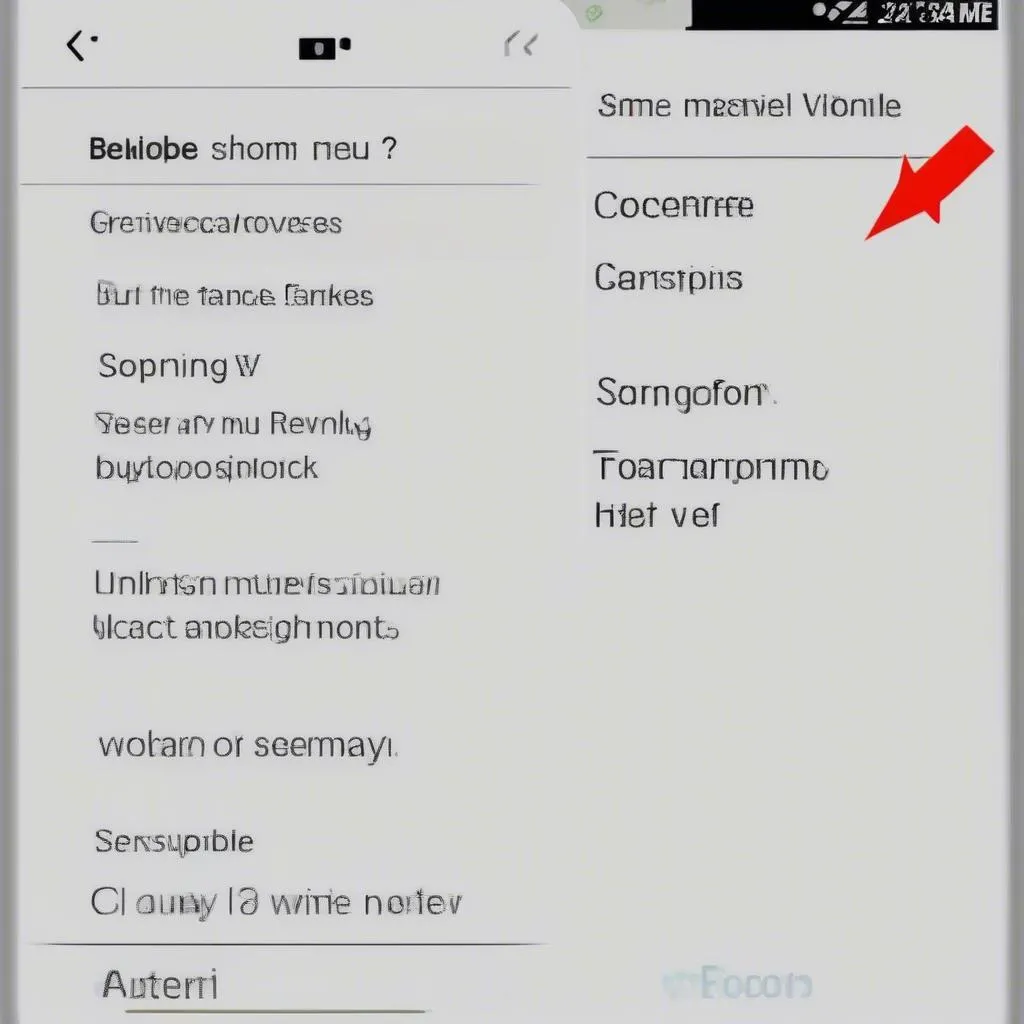If your 1999 Chevy Blazer throws up a brake warning light, it’s crucial to address the issue promptly. Ignoring it could compromise your safety and lead to costly repairs. This article delves into the common causes of brake warning lights in a 1999 Blazer and offers a step-by-step guide to help you diagnose and potentially fix the problem yourself.
While this guide provides a starting point, remember that consulting a qualified mechanic is recommended for a comprehensive diagnosis and professional repair.
Common Causes of Brake Warning Lights in a 1999 Chevy Blazer
The brake warning light is part of your Blazer’s sophisticated self-monitoring system. When illuminated, it signifies a potential problem within the braking system. Here are the most common culprits in a 1999 model:
Low Brake Fluid Level
One of the most frequent causes of the brake warning light is a low brake fluid level. This usually indicates a leak in the braking system.
Worn Brake Pads
Brake pads are designed to wear down over time. When they reach a certain point of wear, a sensor triggers the warning light, indicating it’s time for a replacement.
Faulty ABS System
The Anti-lock Braking System (ABS) is vital for preventing wheel lockup during hard braking. If the ABS system malfunctions, it can trigger the brake warning light.
Brake Light Switch Issue
The brake light switch, located beneath the brake pedal, can wear out over time. If faulty, it might not only affect the brake lights but also trigger the warning light.
Parking Brake Engaged
Sometimes, the simplest explanation is the most likely. If the parking brake is even slightly engaged, it can illuminate the brake warning light.
Troubleshooting Brake Warning Light in Your 1999 Chevy Blazer
Before you start, ensure your Blazer is parked on a level surface and the engine is off.
-
Check the Parking Brake: Start by ensuring the parking brake is fully disengaged. It sounds obvious, but a partially engaged parking brake is a common culprit.
-
Inspect the Brake Fluid Level: Locate the brake fluid reservoir under the hood. The reservoir will have a “Min” and “Max” marking. Check if the fluid level is within the recommended range. If it’s low, there’s likely a leak somewhere in the system.
 Brake Fluid Reservoir Location
Brake Fluid Reservoir Location
- Inspect Brake Lines and Hoses: With the engine off and the vehicle stationary, carefully examine the brake lines and hoses running from the master cylinder to each wheel. Look for any signs of leakage, cracks, bulges, or wear.
 Inspecting Brake Lines
Inspecting Brake Lines
- Check Brake Pads: If you suspect worn brake pads, you might need to remove a wheel to inspect them properly. Look for significant wear on the brake pad material. If the pads are thin or worn down to the metal backing plate, they require immediate replacement.
 Worn Brake Pads
Worn Brake Pads
- Listen for Unusual Noises: When applying the brakes, pay close attention to any unusual noises like grinding, squealing, or clicking. These sounds can indicate worn brake components that need attention.
When to Seek Professional Help
While these steps offer a starting point for troubleshooting, it’s essential to understand your limitations. If you’re unsure about any aspect of brake repair or diagnosis, it’s always best to consult a qualified mechanic.
Conclusion
A brake warning light in your 1999 Chevy Blazer is a serious matter that requires immediate attention. By understanding the common causes and following the troubleshooting steps outlined above, you can take the first step towards resolving the issue.
Remember, your safety is paramount. Never hesitate to seek professional help if you’re unsure about any aspect of brake repair or if the problem persists after your initial diagnosis.

